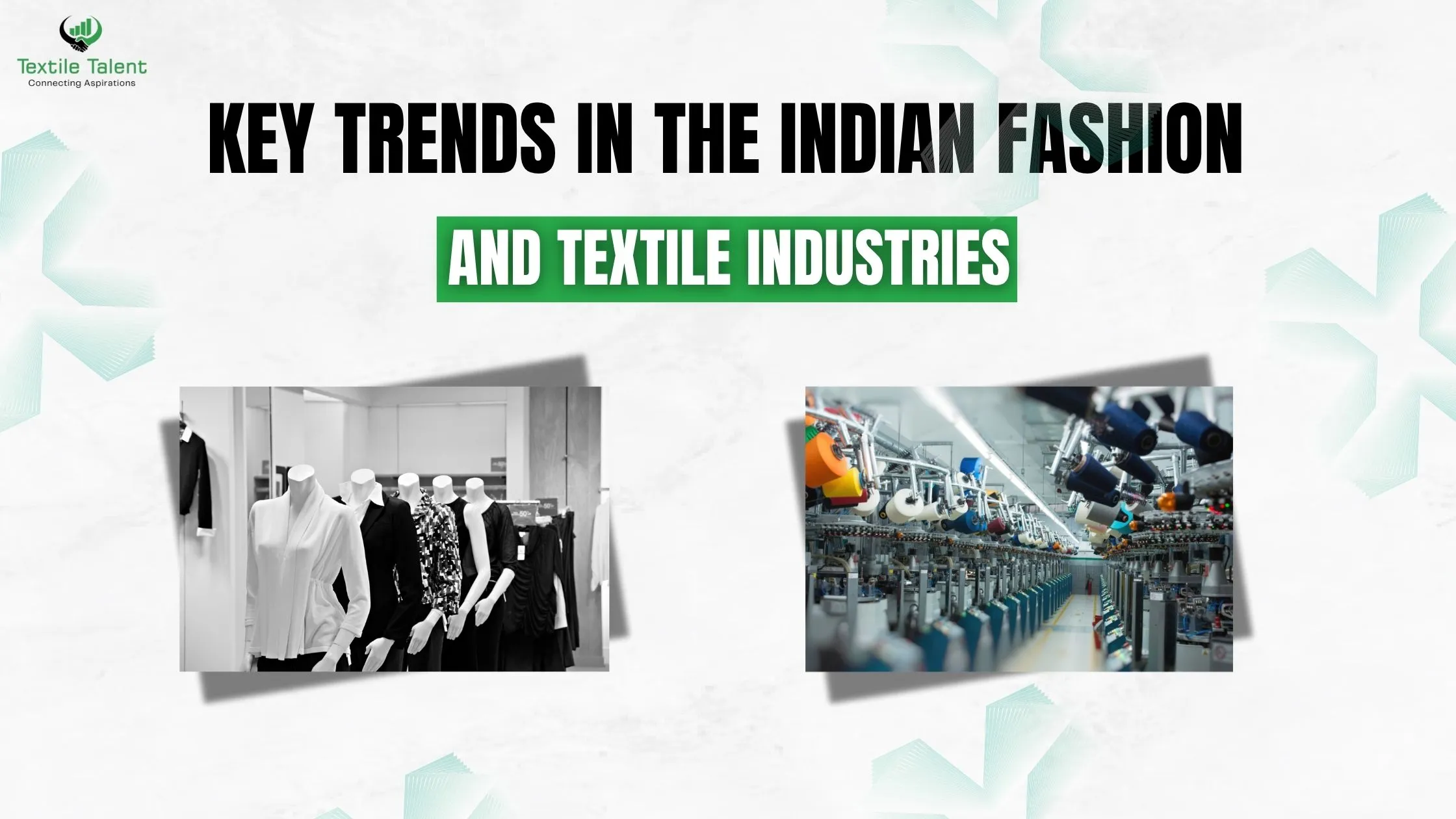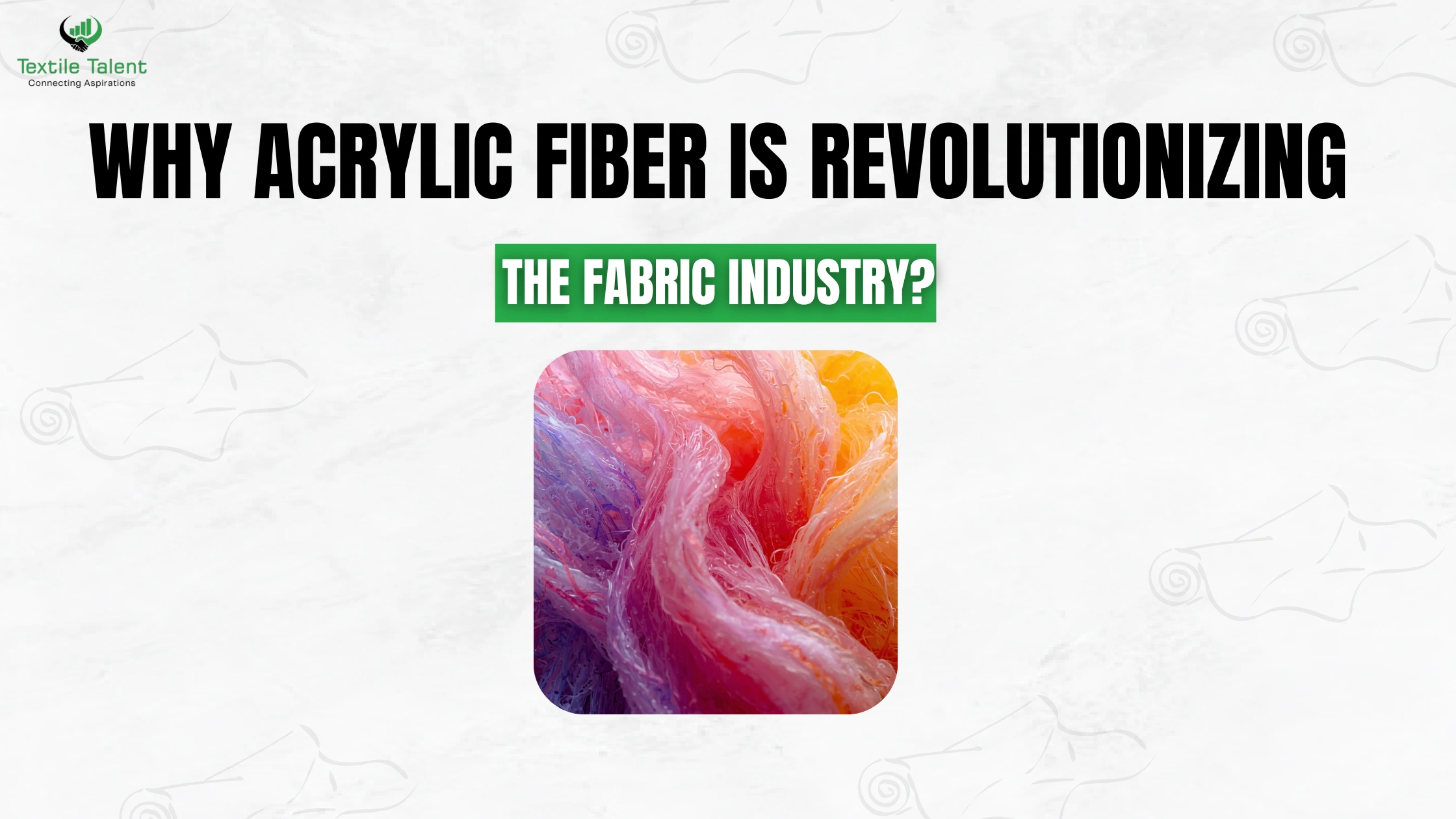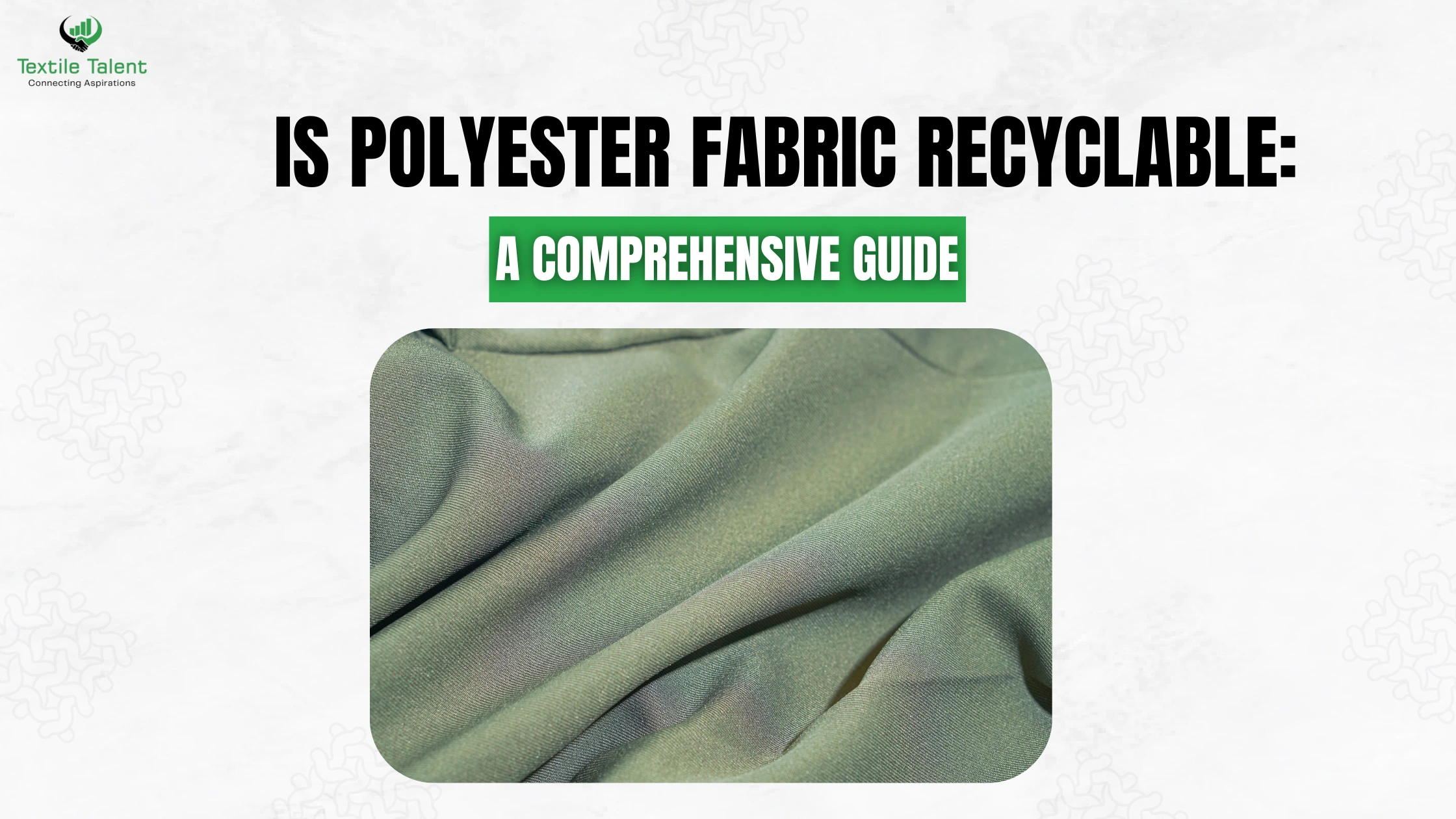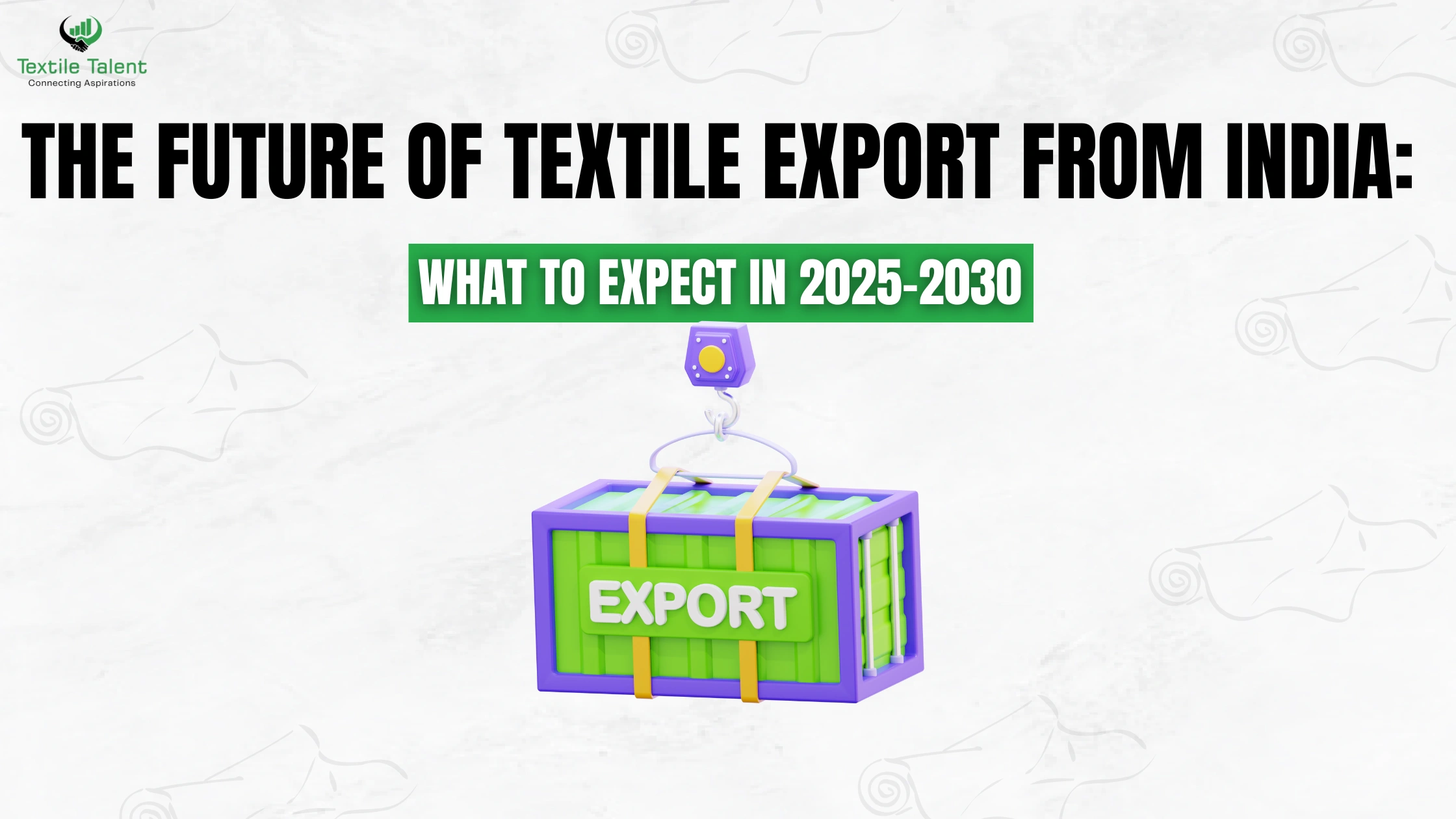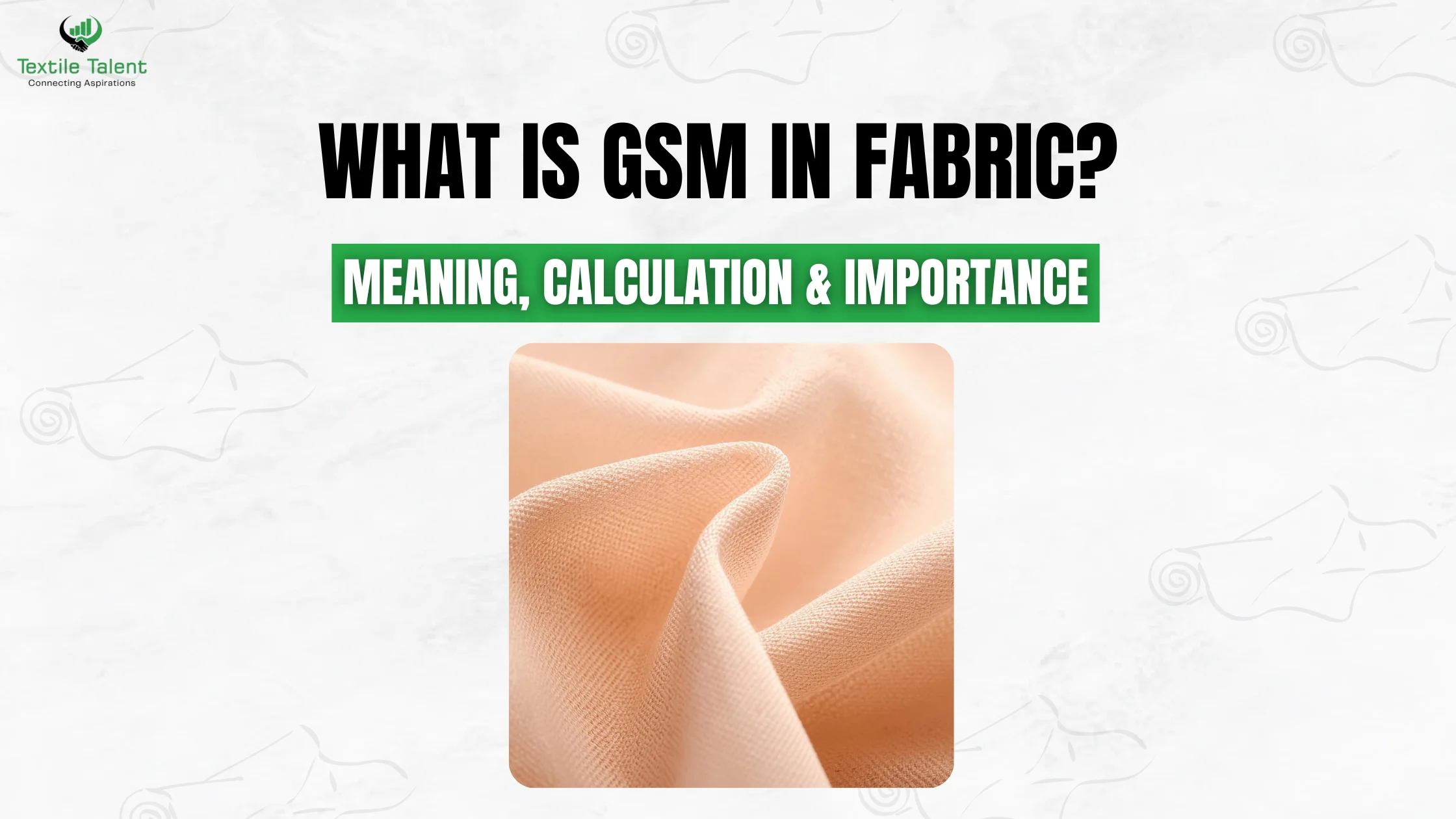
Summary
The Trends in the Indian Fashion and Textile Industries are evolving rapidly, driven by technology, sustainability, government policy, and global market demands. The article examines the major trends that Indian textile industry is experiencing, such as the way that AI is transforming design, production, and distribution. We are also going to brush upon such fundamental concerns as the problems of the Indian cotton textile industry, as well as what awaits such a bright and crucial sector of the economy.
Introduction
But even earlier, the Indian scene of fashion and textile has been a tapestry of old tradition, handwork and invention. However, in a moving world of Eco-consciousness, Fast Fashion and online-first retailing, Trends in the Indian Fashion and Textile Industries are facing a radical transformation.
As per the Textile Talent experts, the industry is redefining itself: either by means of an AI integrated design, sustainable cotton production, or by the process of immortalizing the ancient methods with the help of being digitized. This article will deconstruct the top current trends, look into various challenges that still existed, and how AI is becoming an increasingly game-changer in this area.
What are the current trends in the Indian fashion and textile industries?
Sustainable and eco-conscious fashion
Sustainability is one of the greatest changes. Indian designers and brands are greeting organic cotton, natural use of dyes and recycled clothing. Customers and millennials, in particular, Gen Z, are proactively demanding brands that are more interested in ethics and reducing environmental impact.
It is an urge that even the old school of the textile industry is reconsidering production to conserve water, re-use of textiles, zero waste policy etc. Not only are these practices good to the planet, they are becoming the means of being competitive in the world markets.
Embracing digitalization and AI
Technology is affecting the entire process of design to delivery. Designers are using AI to forecast trends in their fabrics, to create new prints, and even analyze real-time buying behaviors of consumers.
Manufacturers are also automating spinning, dyeing, and quality control processes, helping cut costs and reduce errors. These innovations mark a huge step forward for the Indian textile industry, which has historically lagged in tech adoption.
Spinning, dyeing and quality control are equally being automated by manufacturers and this is assisting them to minimize costs, and errors. Such innovations are a massive development in the Indian textile industry which has remained behind in terms of the adoption of technology.
How is AI reshaping the fashion and textile space?
AI-driven design and customization
Brands now design using data with the help of AI. Algorithms examine the tendencies of the fashion week, instagram photos and even forecasts the weather to recommend some trending colors, prints, and shapes. In India, this is a question of fusion of traditional block print or embroidery into new styles that can reach the market in ever decreasing time.
Bespoke fashion is as well on boom. AI has become able to analyze the types of customer body and customize sizes virtually this is something that is fast being adapted by Indian players in the e-commerce market.
Smart inventory and production planning
Discontinuous supply and overproduction is one of the great issues of Indian cotton textile industry. AIs are used to forecasting demand, raw material optimisation, and even in assisting manufacturers in rebalancing production in real time.
This change of trend is especially beneficial to small and middle level textile corporations, who are unable to afford expensive inventories or wastes.
What are the major problems of the Indian cotton textile industry?
Infrastructure and energy inefficiencies
In India the cotton textile industry suffers the problems of out-dated machinery, energy consumption and power supply, and unreliability power in particular with spinning mills (particularly the rural ones).
Such problems affect the productivity and raise operational expenses. Smart energy systems and predictive maintenance, which are AI spurred, are beginning to provide solutions, which is a blessing.
Labor shortages and skill gaps
Most experienced workers are growing old and young entrants into the industry are decreasing because of low pay and training opportunities. In the meantime the demand of digitally skilled labor to work on the modern machine and designing tools is on the rise.
One of the ways to address this gap is with online AI-based training platforms that allow reskilling workers within a short time frame and at a low cost.
Which segments are driving growth in the Indian textile and fashion sectors?
Premium exports and luxury ethnic wear
There is international demand on handloom, silk and artisan products. There is an increasing export demand of the textiles labeled with the phrase made in India particularly those that have sustainability certifications.
The Indian ethnic clothing is also growing, particularly among the Indian diaspora groups in the overseas countries. Many brands are taking the help of AI to customize collections to suit world palates with a Indian aesthetic.
Fast fashion and e-commerce
Massive growth is being realized by the likes of Myntra, AJIO and brands in other countries who are sourcing their products in India. Artificial intelligence is also being deployed to make product recommendations, replenish inventories and predict consumer sales throughout the year.
This transition is opening opportunities on upsizing smaller designers by use of digital storefronts and AI-powered supply chains.
How is sustainability shaping the future of Indian textiles?
Circular fashion and textile recycling
One of the largest trends is the emergence of circular fashion. Brands are upcycling, recycling, fabrics and providing repair services. AI can be important in sorting out materials and in streamlining recycling processes.
Not only is this cutting down wastage but it is also generating brand value- especially to eco-conscious consumers both india and international.
Certifications and transparency
The modern consumer needs to know the origin of clothes. Increased transparency is being obtained by making use of blockchain and AI tracking systems in order to offer complete visibility - all the way in the cotton field up to the final product.
Through the technology of the compliance solutions based on artificial intelligence, the sustainability certifications (including GOTS (Global Organic Textile Standard), Fairtrade, etc.) grow convenient to manage, thereby, being accessible to Indian brands.
What role do government initiatives play in driving these trends?
‘Make in India’ and export policies
The initiative of the government to encourage production under the Prime Minister Make in India program is proving to be of benefit to the textile sector particularly in terms of grants of technology, cluster development plans and incentives on exports.
Using AI to file and process these incentives is facilitating an efficient approach to the task among manufacturers.
Skilling programs and digital support
Efforts such as the implementation of schemes such as the scheme known as the Skill India are introducing tech-based training modules to the textile workers. E-learning tools, supported by AI, enable young professionals to master everything, including fashion merchandizing, automated weaving.
Can AI reduce costs and improve competitiveness?
Predictive analytics for pricing
Dynamic pricing, discounts, and overproduction avoidance achieved with the help of AI-driven demand forecasting will serve cotton and fabric markets directly by eliminating price instability.
Automated quality checks and logistics
Use of visual AI to identify defects in fabrics enables instantaneous detection of defects and can significantly shorten quality control and eliminate reworking. Artificial intelligence is enhancing inventory and delivery routes in logistics.
What’s next for the Indian fashion and textile industries?
AR/VR and immersive shopping
One can encounter more and more virtual try-ons and digital fashion showcases. This would be the next big outlet for textile retail in India as smart phone access increasingly becomes available.
Cross-industry collaborations
Tech companies and textile manufacturers are teaming up to develop smart fabrics, wearable tech, and more. These collaborations could set global benchmarks for innovation in fashion.
FAQs
What are the key trends in the Indian fashion and textile industries?
Sustainability, AI-driven production, digital retail, and global export growth are the major trends shaping the industry in 2025.
What challenges does the Indian cotton textile industry face?
Its main problems consist in obsolete machinery, energy infrastructure, poor quality and lack of labor.
How is AI helping in the Indian textile sector?
AI is applied in design, inventory forecasts, quality control and even in virtual shopping experience to minimise cost and maximise efficiency
Is sustainability really important in Indian fashion?
Absolutely. It is making progress to become a primary force of consumer trust, international competitiveness, and regulation conformity.
Can AI help small textile businesses?
Yes. Years ago, AI could only help small brands scale quickly but now it is assisting them in competing with big brands on a global scale, whether it is cost-effective design tools or intelligent inventory systems.

